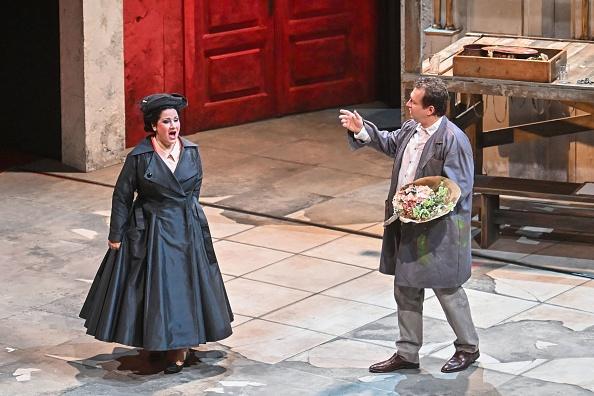The voice types of opera can be confusing, even for professional singers. For centuries, the European classical music tradition has classified different opera voices into seven main categories, usually defined by a singer’s vocal range.
Within these seven voice categories, there are many sub-classifications such as lyric, coloratura, or dramatic, depending on factors such as weight or timbre. Vocal weight refers to how light or heavy a singer can sing, while vocal timbre refers to the quality of sound. While each voice is unique, these vocal categories help singers choose the correct pieces for their voice types. It is also a way to respect the composer’s original work, as he or she intended for a specific vocal register to interpret a certain role.






